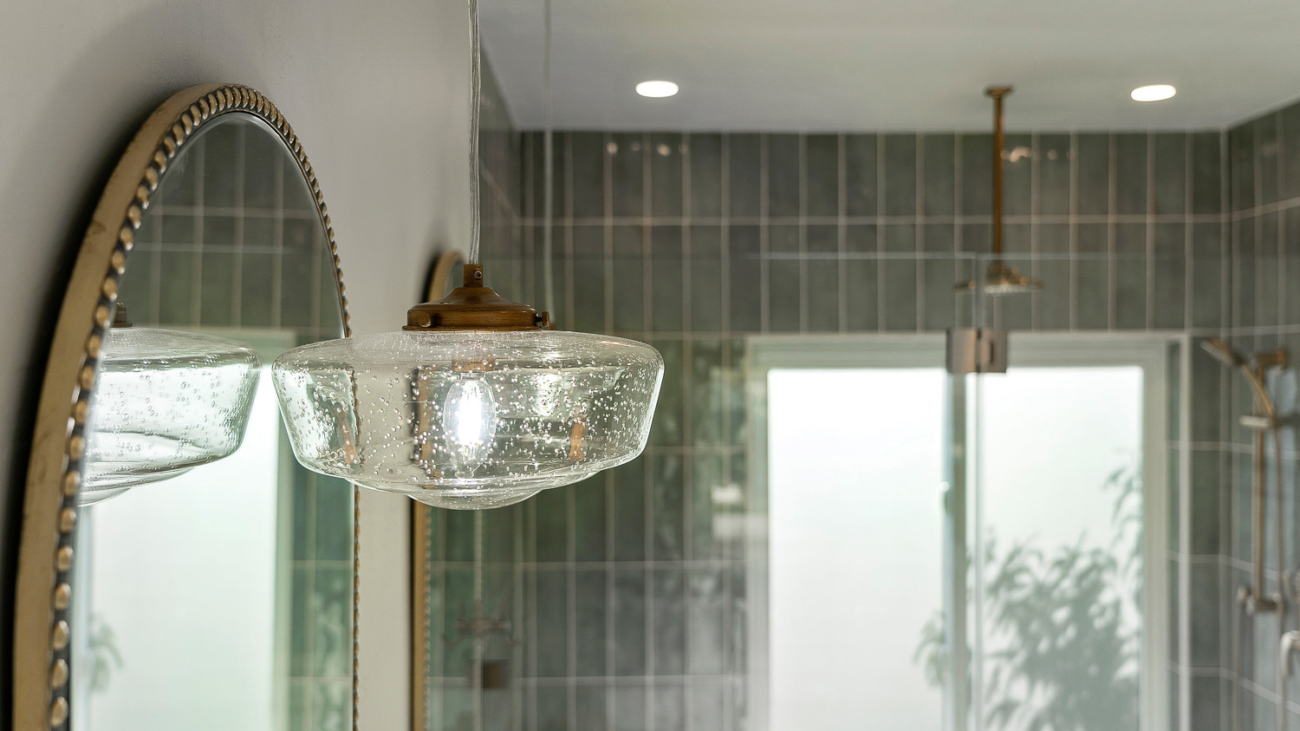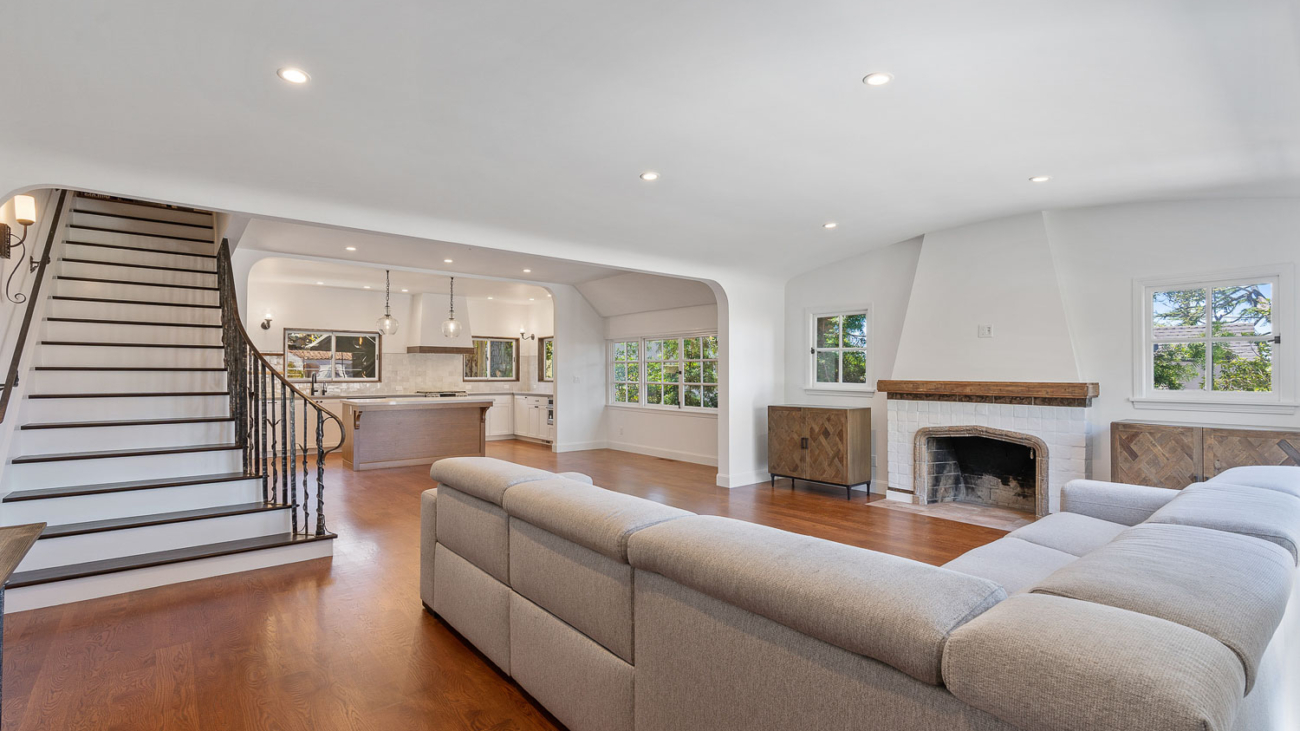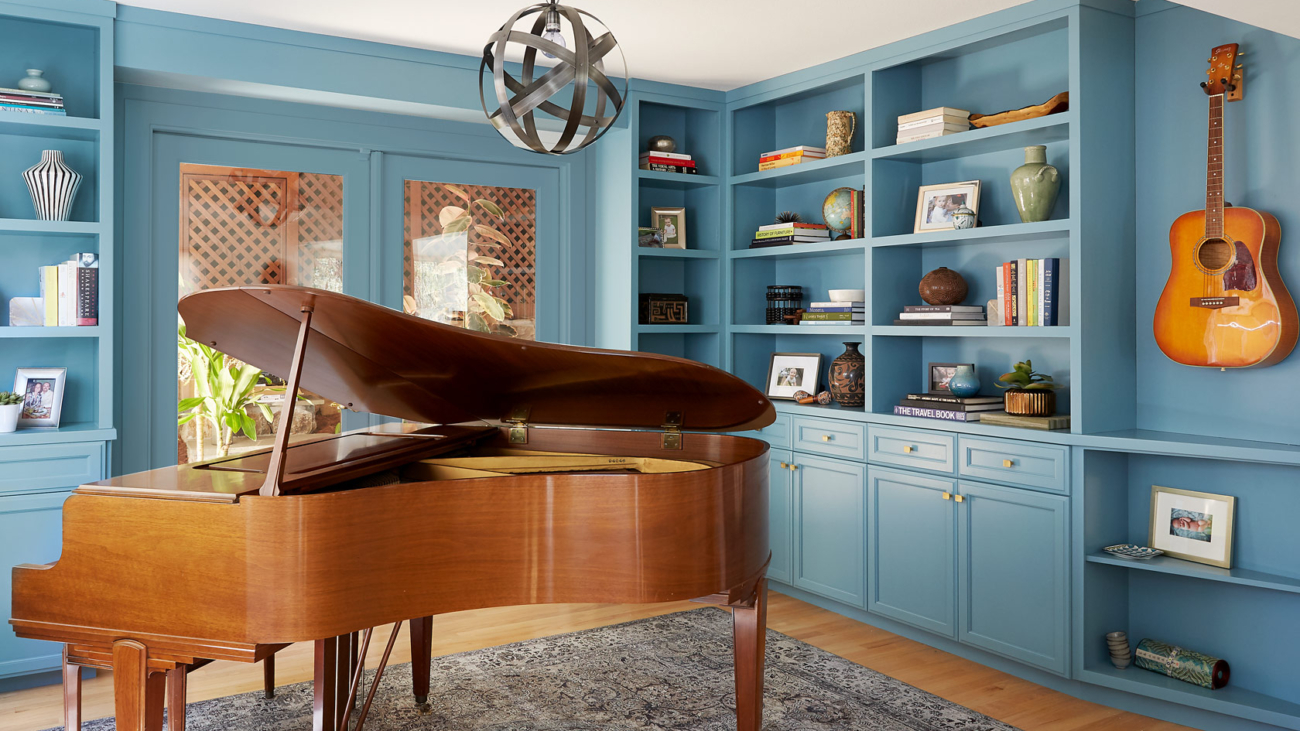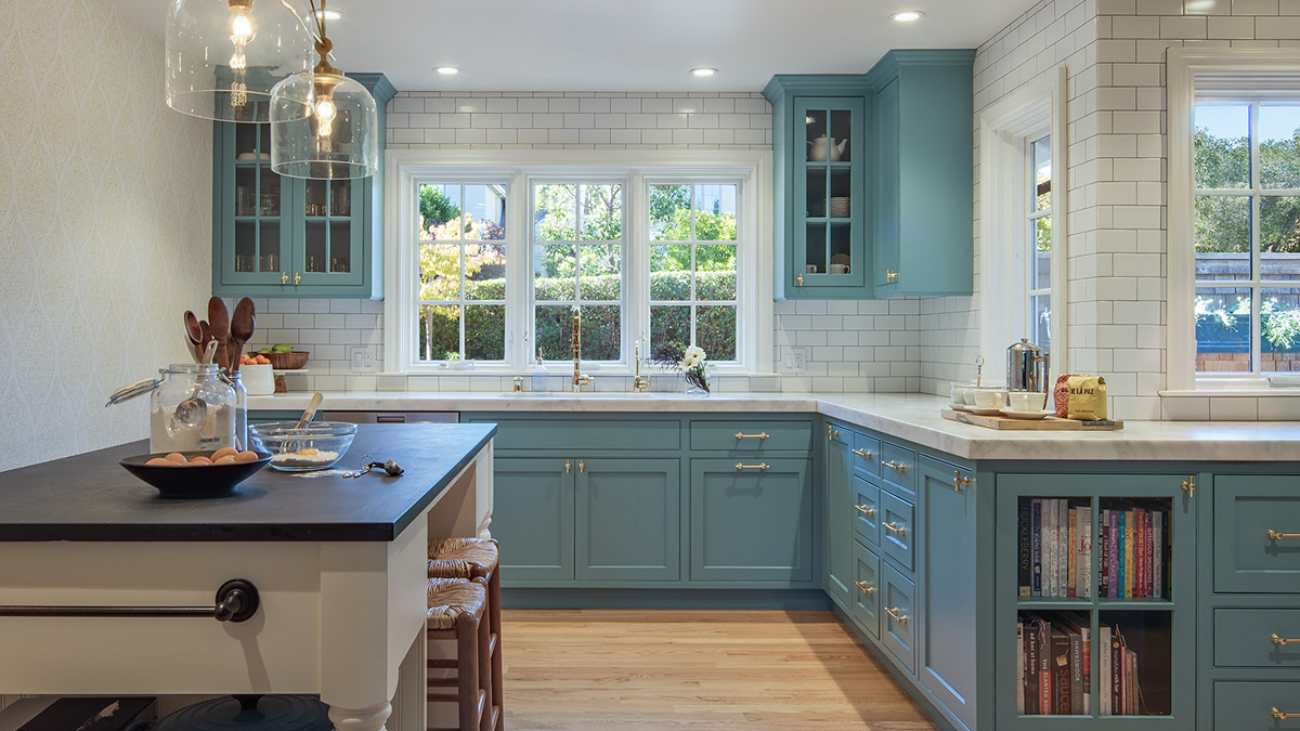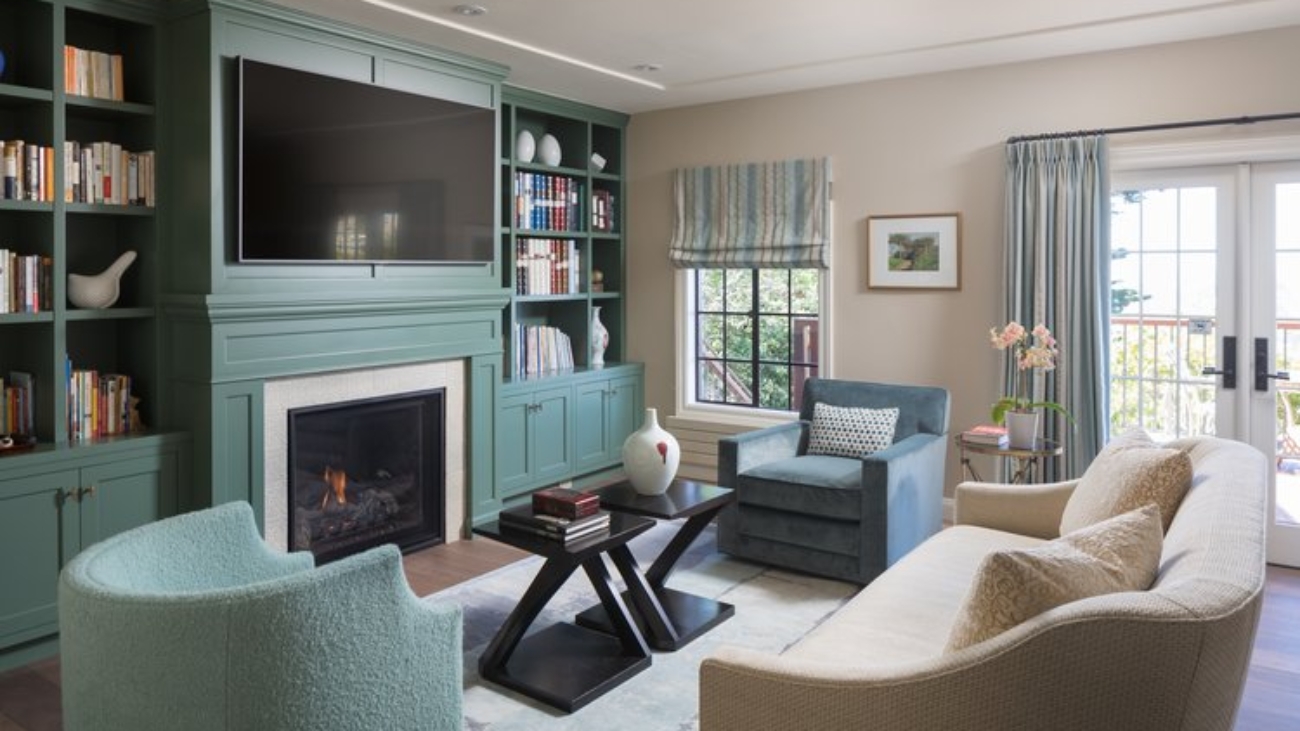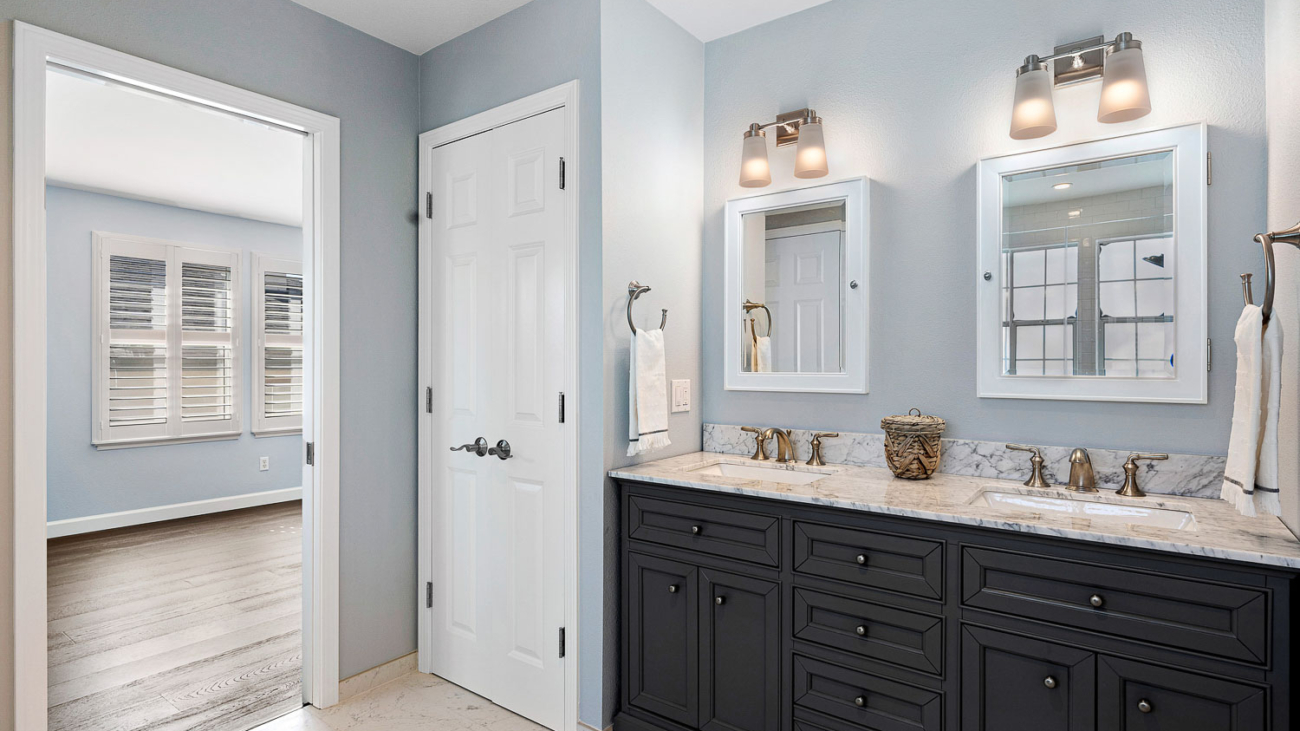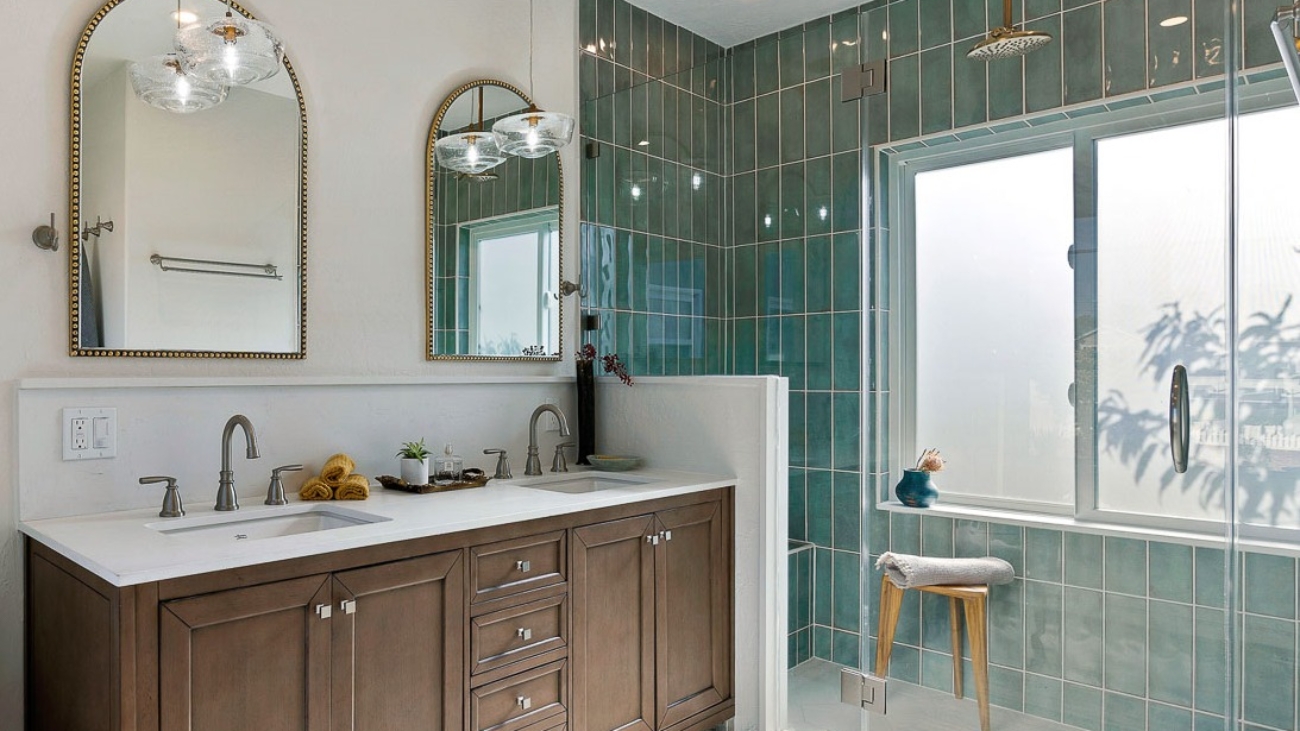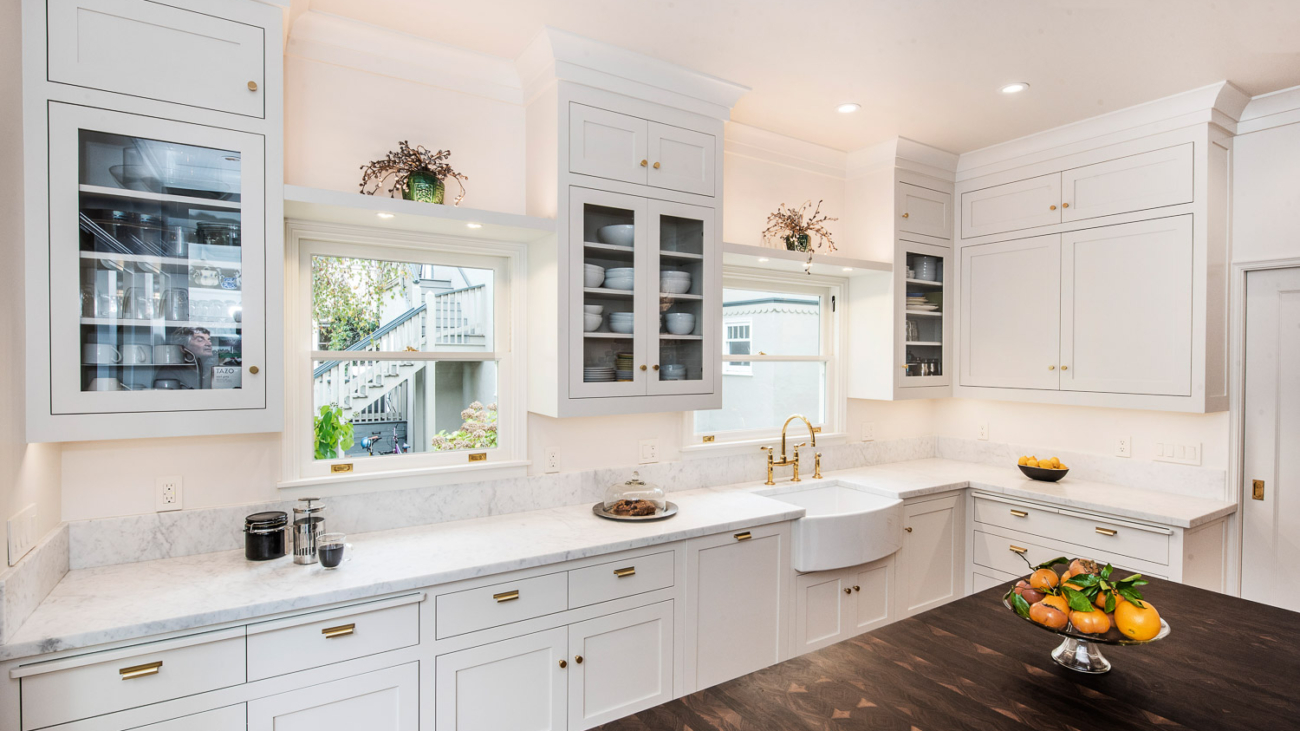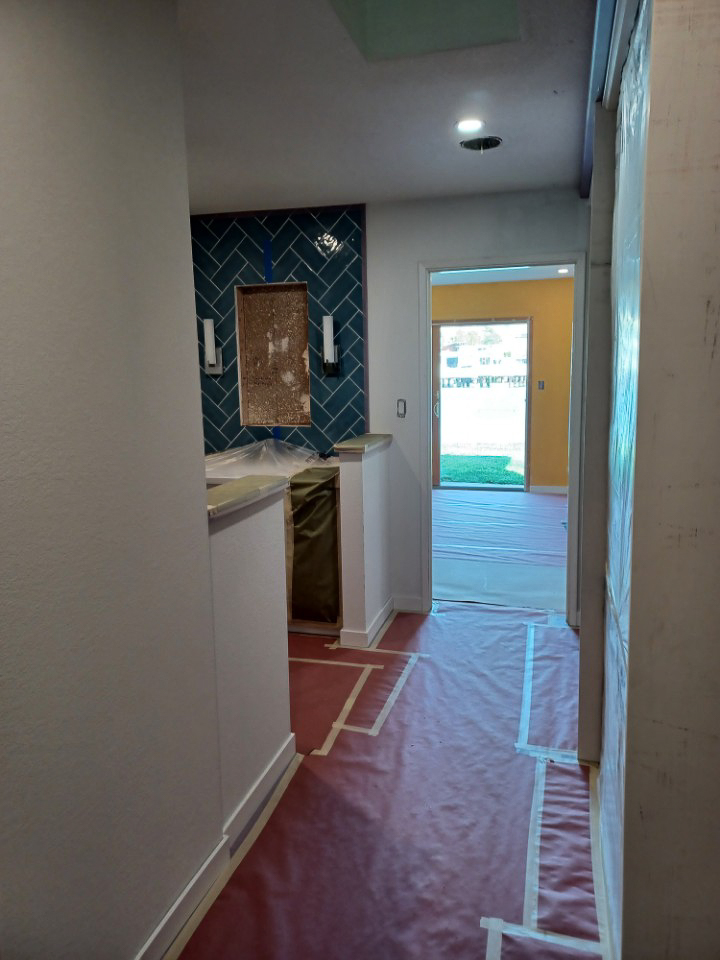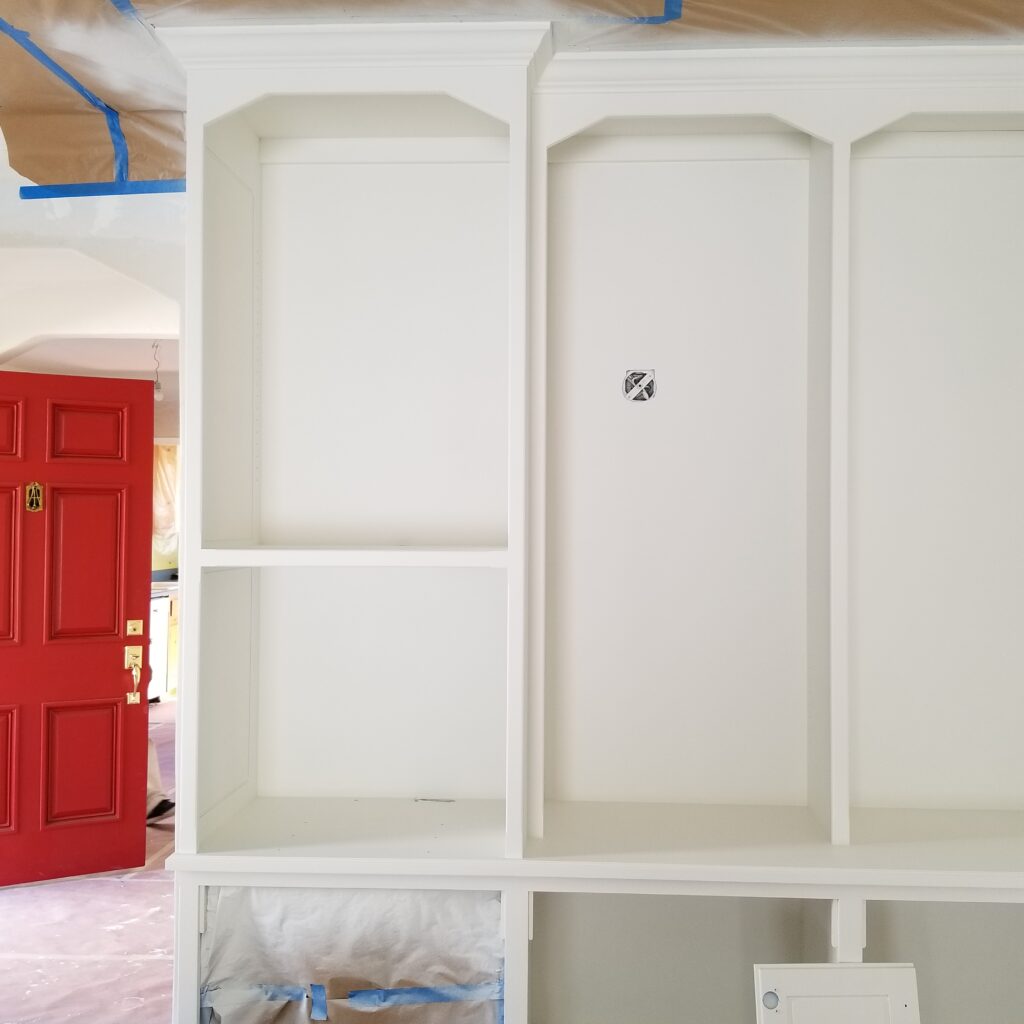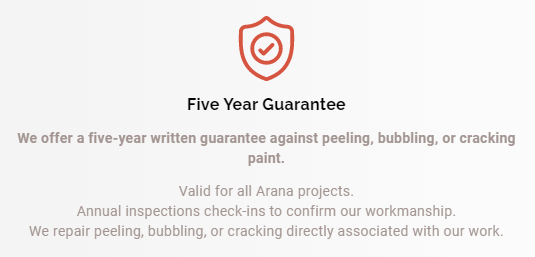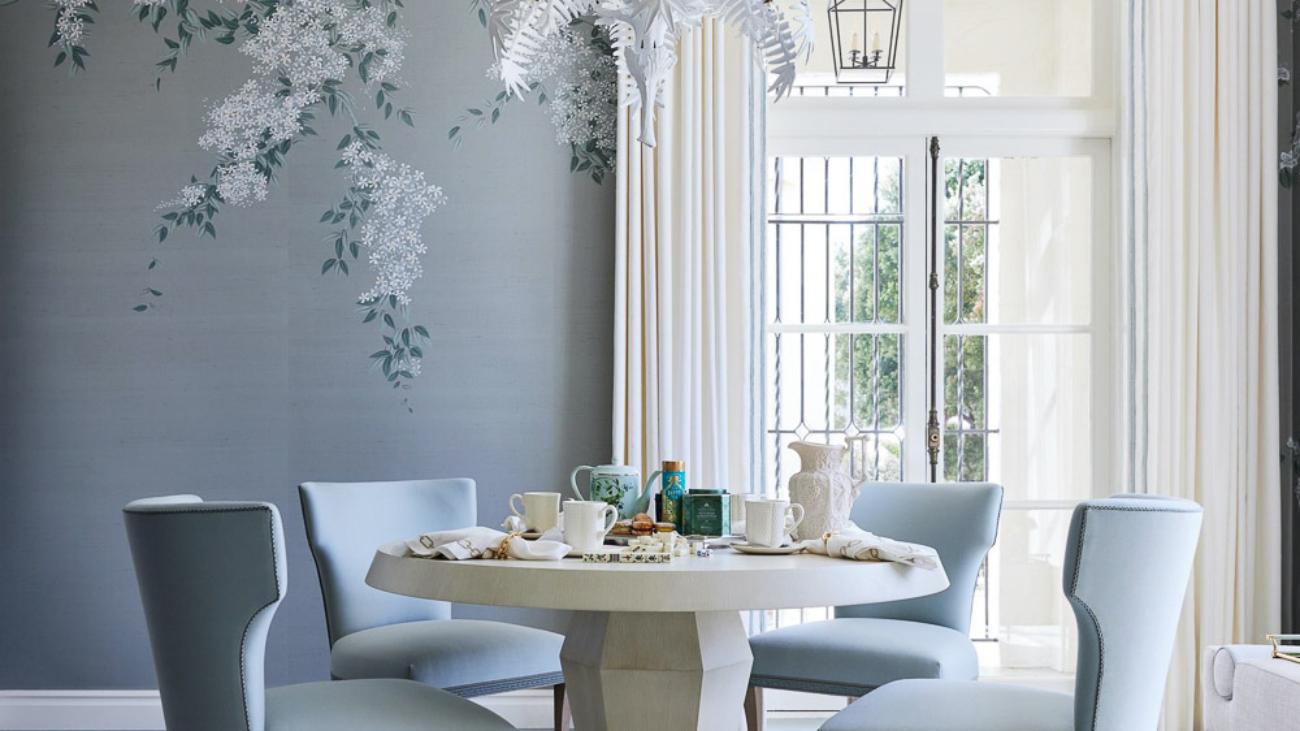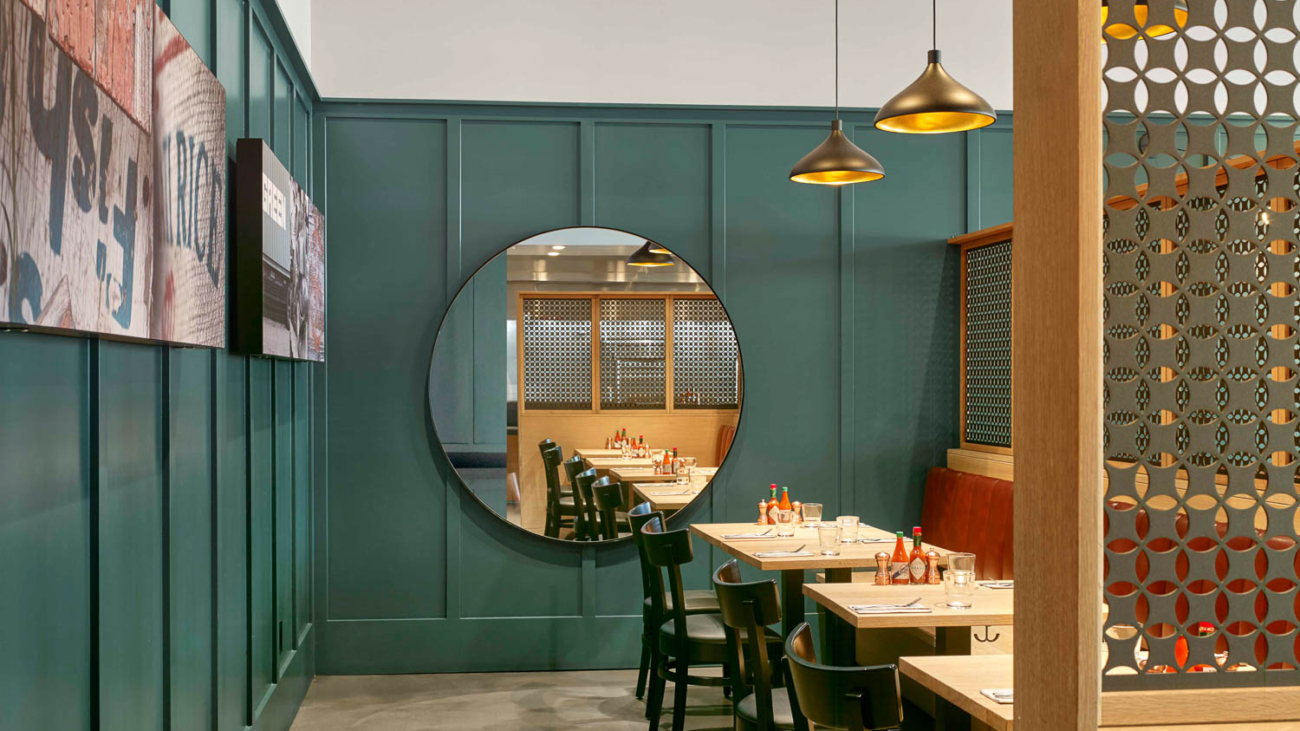This the how-to-listicle that aims to help in deciphering the cryptic signs from you home that scream, “It’s time to repaint me!” Let’s face it, your Bay Area abode is more than just four walls and a roof—it’s your castle, your sanctuary, and possibly the backdrop to some of the most epic scenes of your life. But even the grandest of castles starts to crumble and over time, they need something as basic as touch-up or a major overhaul. This is especially important if you want to keep your curb appeal game strong.
The Telltale Signs It’s Time for a New Paint
The Great Fade-Out
Chalky, sun-bleached, cobwebby look are all signs that your house has been left out in the sun too long (because, well, it has). If it has a saggy, past the expiration on the milk carton look or showing shades of pale or gothic novel veneer, it’s time for action. We wish it was just an cosmetic issue, but fading paint is your home’s cry for help. Like a sun-bleached tourist after a day at the beach, your house needs protection.
Peeling & Cracking: The Unwanted Artwork
When your home’s exterior begins to peel and crack, it’s not trying to embrace an abstract art movement—it’s signaling distress. And it is not your home’s attempt at shedding its old skin, even if it were, it doesn’t look as cool as an actual snake shedding it skin because underneath will be rot and broken-down stucco or wood. Peeling paint can lead to moisture invasion faster than pirates boarding a ship. Arrrgh, matey, it’s time to call in the professionals!
The Chalk Zone
No, not the fun, animated kind. If you run your hand across your home’s exterior and it feels like you’ve just chalked up for a gymnastics routine, that’s chalking. The sun has baked your paint (and now your stucco) into a powdery finish that is sadly not a suitable material for an outdoor mural. This is your home’s way of saying, “I’m meltinnnnnng.”
Stains & Water Damage: The Unwanted Decor
Stains and water damage are like the uninvited guests at your party—they just show up without warning and they are not attractive. If your home is starting to look like a Dalmatian with all those black mildew spots and white chalky spots, it’s time to paint it! Forget the décor, water damage is the silent home killer, creeping in and chewing up your structural system and wreak havoc like a ninja. Don’t let your home fall victim to these stealthy attackers.
Fungus Among Us
If you’re starting to spot more mushrooms on your home than in your garden, that’s a clear sign of fungal or mold growth. This isn’t the time to experiment with homemade penicillin; it’s a sign that your paint has lost its protective mojo. Your home is now playing host to spore parties, and trust us, you don’t want to be on that guest list.
Outdated Fashion
Is your home stuck in a time warp? If your curb appeal is more “yikes” than “yay,” it might be time for a wardrobe change. Homes, like people, need to keep their looks updated. If your home is still rocking the avocado green and harvest gold from decades past, it’s begging for a makeover paint job. After the paint, plant new plants, install a deck or an arbor. Feather in more Flowers. Place a park bench or two where you can admire your home’s make over. Let’s give your home the glow-up it deserves!
Frequent Queries from the Concerned Homeowner
Q: How often should I repaint my house?
A: Think of repainting like visiting your favorite hair salon. Every 8-12 years is a good refresh rate to keep your home looking and felling its best, with a little touch-up in between to cover the grays…err, we mean, the fades.
Q: Can I paint my house myself?
A: No. Definitely not. Well, most people definitely cannot. DIY house painting can be as risky as cutting your own hair before a big event. Sure, you might save some cash (or not), but are you ready to live with a less-than-perfect (or just plain ugly) outcome? For best results, leave it to the pros. We have the skills, tools, and, most importantly, the ladders.
Q: How important is choosing the right color for my house?
A: Choosing the right paint color is like selecting the right outfit for a first date—it needs to make a good impression and withstand a bit of scrutiny and the test of time. Factors such as your neighbor’s homes, siding and roof material and whether you’re going to choose a low lustre or flat sheen all come into play. Consult with a professional to find your home’s perfect match.
When your home starts showing these above signs, it’s not just being dramatic—it’s a genuine cry for help. Remember, it can’t leave and go to the doctor! Paint is the universal antidote and the home-saver! Repainting your Bay Area home is not just about aesthetics; it’s about protection, preservation, and occasionally, making the neighbors a tad jealous. So, if you notice any of these signs, don’t wait for a paintpocalypse. Give your home the TLC it deserves, and keep your castle’s curb game strong.
At Arana Craftsman Painters, our goal is clear: we aim to provide unmatched painting services that not only transform your space but also mirror your personal taste and enhance the aesthetic appeal of your property. We’re dedicated to forging enduring relationships with our clients, built on the foundations of open dialogue, dependability, and exceptional outcomes.
Why Arana Craftsman Painters Stand Out
- Unmatched Expertise and Attention to Detail: Our highly skilled painters bring extensive experience to every project, guaranteeing meticulous care in every brush stroke and ensuring impeccable finishes. Offering a broad spectrum of painting services, we cater to both residential and commercial clients, personalizing our approach to fit your unique requirements and desires.
- Commitment to Quality and Sustainability: We prioritize the use of premium, environmentally friendly paints and materials, assuring not only an outstanding finish but also the well-being of your family, employees, and the planet.
- Tailored Solutions for Every Project: Recognizing the distinctiveness of each project, we collaborate closely with you to grasp your vision and provide tailored solutions that make that vision a reality. Whether it’s revamping the exterior of your home, revitalizing your interior spaces, or updating the look of your business, our expertise ensures your goals are achieved.
- In-depth Local Insights: As experienced Oakland Painters, our deep understanding of the local architecture, climate, and aesthetic preferences enables us to offer thoughtful advice and long-lasting solutions that are impeccably aligned with the Bay Area’s unique characteristics.
Our Signature Services
- Residential Painting: Let us transform your home with our all-encompassing interior and exterior painting services, designed to refresh and rejuvenate your living spaces.
- Commercial Painting: Boost your business’s image with a fresh, professional appearance that reflects your brand’s quality and ethos.
- Color Consultation: Our color experts are here to guide you in choosing the ideal palette to complement your style and enhance your space’s ambiance.
- Eco-Friendly Practices: Embrace a healthier, more sustainable approach to your painting project with our selection of eco-friendly paints and materials.
At Arana Craftsman Painters, we’re not just painting walls; we’re enriching lives, one space at a time.
